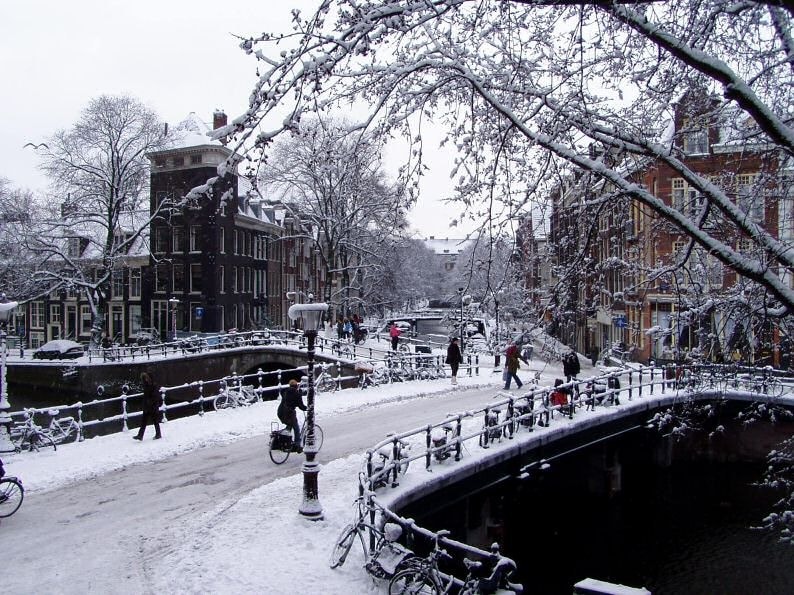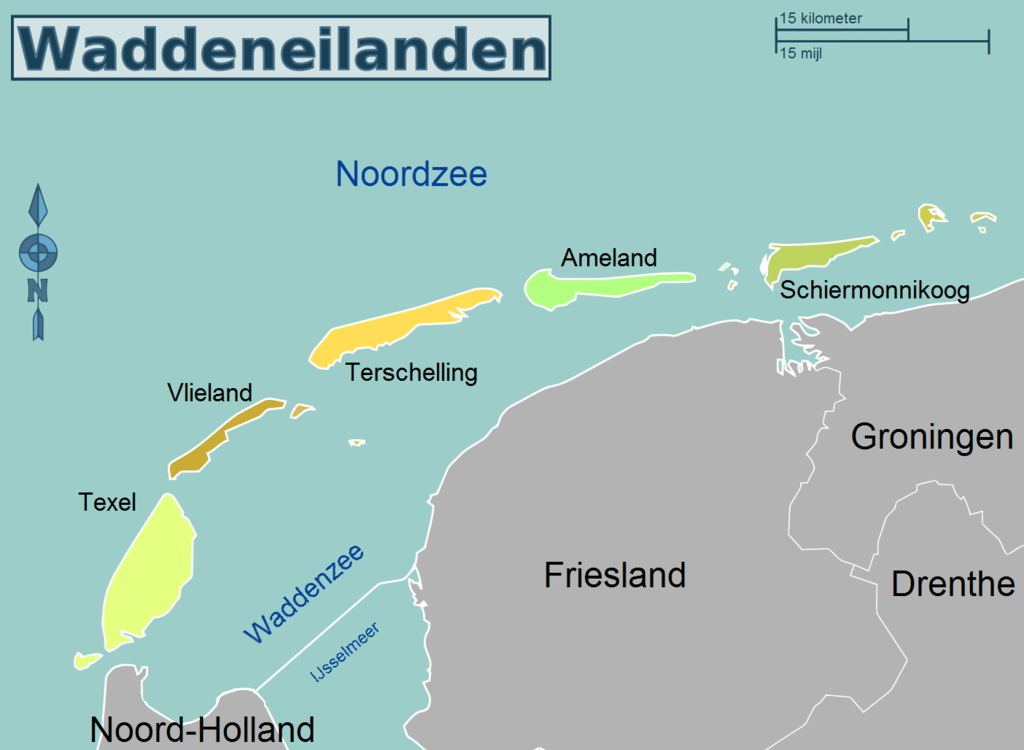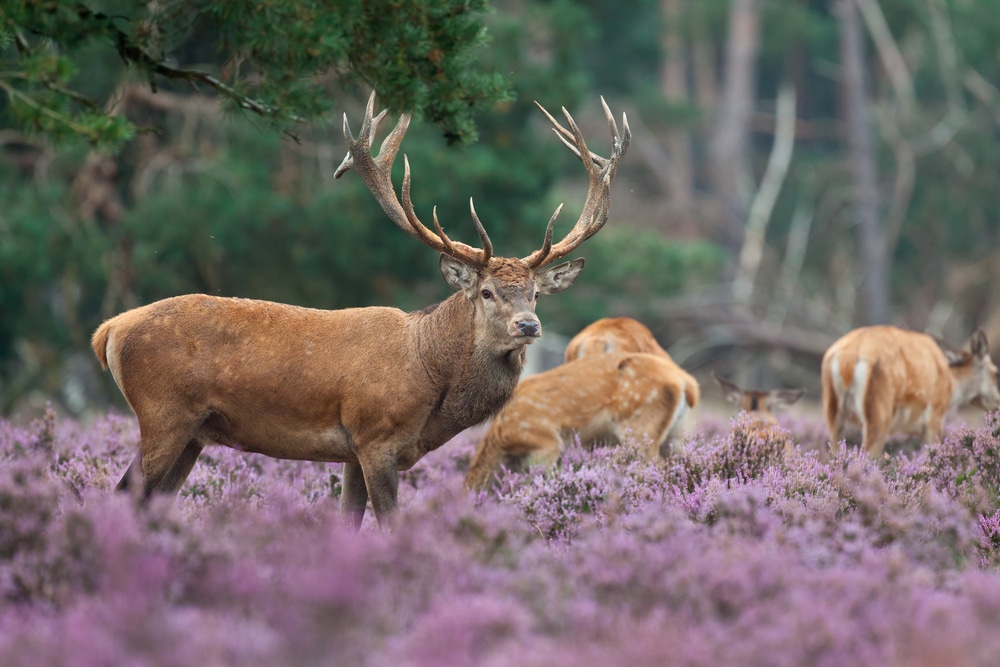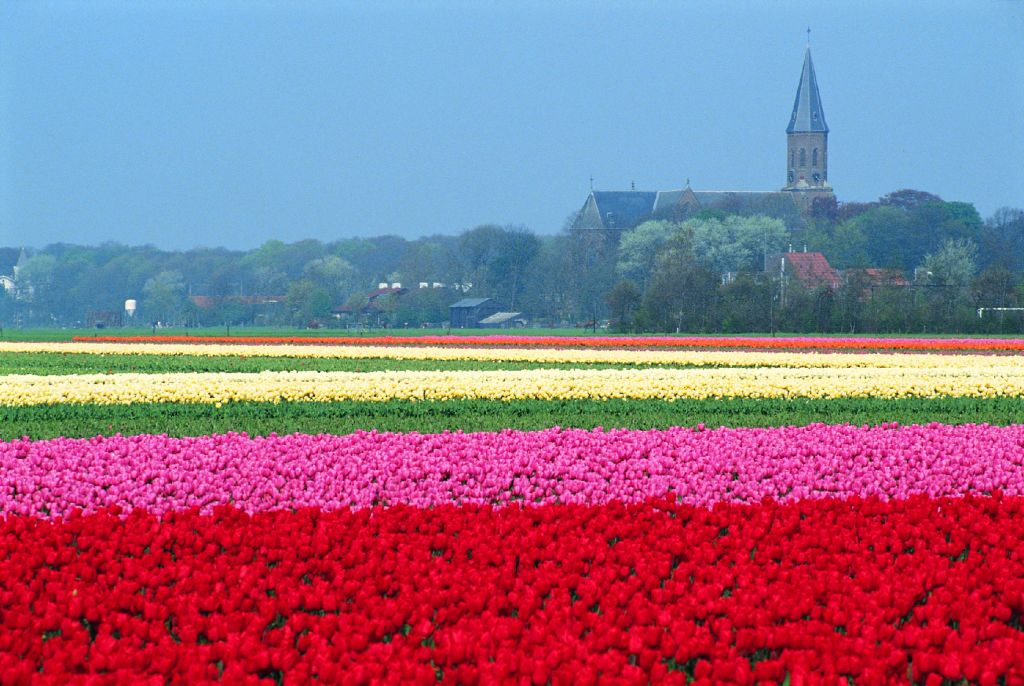
When you think of the Netherlands, it is easy to picture never-ending fields of brightly coloured flowers. Many of the country’s most famous artists have portrayed the flower fields of the Netherlands in their work, and these fields are just as spectacular when they are seen in real life. However, these flower fields are more than just aesthetically beautiful: they are also economically important to the country. A significant proportion of the country’s agricultural exports are derived from the sale of freshly cut flowers, bulbs and mature plants, and the Netherlands contributions to the flower industry are so significant that they make up around two-thirds of the world’s total flora sales and completely dominate the European marketplace. Thanks to highly efficient supply chains, it is actually possible to buy flowers in New York which were freshly cut in the Netherlands that morning!
A wide array of flowers
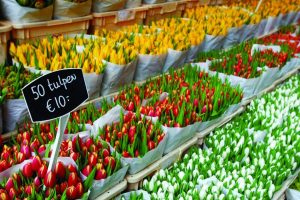
Whilst many people only associate tulips with the Netherlands, the country actually cultivates and exports many other kinds of flower, including daffodils, hyacinths and crocuses. Compared to other flower selling nations, the Netherlands actually offers the widest variety of saleable trees and shrubs in the world. The country’s horticultural experts also breed and introduce hundreds of new varieties of flowers every year. Thanks to improved cultivation technology, it is now possible to grow many species of plants which are not normally native to the region. However, as these plants are usually grown in vast greenhouses, tulips continue to dominate the famous flower fields. There is an almost endless array of different colour combinations of these flowers.
History
When they were first imported to the Netherlands from Turkey in the mid-16th Century, the popularity of the flower took off almost immediately, as Europe’s elites began to see the flower as a status symbol. Varieties which had multi-coloured petals were particularly well sought after. The plants became so popular that stories even began to emerge about bulbs being dug up and stolen during the night! People were willing to trade so much for a single tulip bulb that the world’s first economic bubble occurred and the period became known as “tulipomania”. This coincided with the Dutch Golden Age of trade, and tulip collecting amongst the elites became a popular pastime. Although this “bubble” eventually burst, the Netherlands has remained a centre for the trade of flowers and bulbs.
When and where to visit
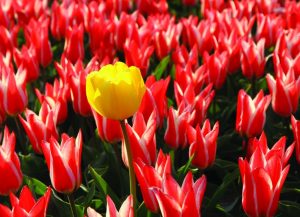 The best time to see the flower fields of the Netherlands is early April. Although the flowers often begin to bloom in mid-March, it can depend on the weather in the region, and visitors who come at this time of year may be left disappointed if the winter has been a harsh one. During April, the flowers should be in their prime regardless of the weather, and the fields should be a patchwork of colour.
The best time to see the flower fields of the Netherlands is early April. Although the flowers often begin to bloom in mid-March, it can depend on the weather in the region, and visitors who come at this time of year may be left disappointed if the winter has been a harsh one. During April, the flowers should be in their prime regardless of the weather, and the fields should be a patchwork of colour.
Many of the flower growers in the North Holland region are actually bulb producers, rather than growers who supply the cut-flower industry. In order to achieve healthy bulbs, it is important that they chop off the blooms before they fade and die. As you wander amongst the fields, you may see farmers beheading seemingly beautiful blooms. Rather than being dismayed, you should realise that this is part of the growing process and will help the farmers to sell healthy bulbs on to consumers in future.
The best tulip fields are in the North of Holland, around 30 minutes drive from Amsterdam, in an area known as the bollenstreek (bulb district). Many fields are located behind the North Sea dunes and are therefore in a very scenic location. If you are travelling by car or bike, ask at a local tourist information point for advice on cycling or driving routes in the local area which will allow you to see the vast fields. Walking routes are also available around some of the smaller flower field areas.
Keukenhof
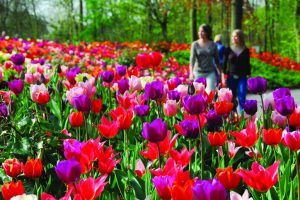
To see flowers which are not intended to be beheaded, visit Keukenhof flower park. Keukenhof in Lisse is the world’s largest flower park, and over 7 million flowers are planted there every year. Walking through the gardens and special pavilions is a delight to the senses, as you will be entertained by the wide array of colours and perfumes which the flowers offer up. As well as tulips there is a selection of other flowers, including daffodils, orchids, carnations, roses, lilies, irises and hyacinths. The park is only open for 8 weeks a year, in April and May, so the roads surrounding the park can get quite busy during this period, especially for those who come by car from Amsterdam. A delightful alternative to driving from the capital is to stay in a nearby town, rent a bike and then cycle to the park. This is a great way to enjoy the unique Dutch landscape around Lisse.
